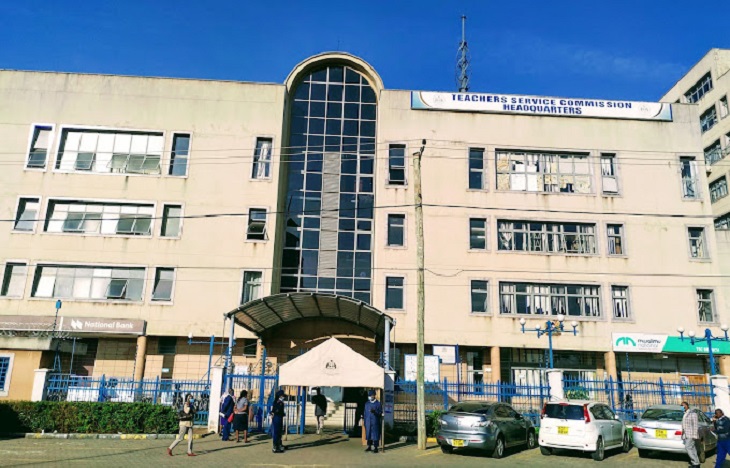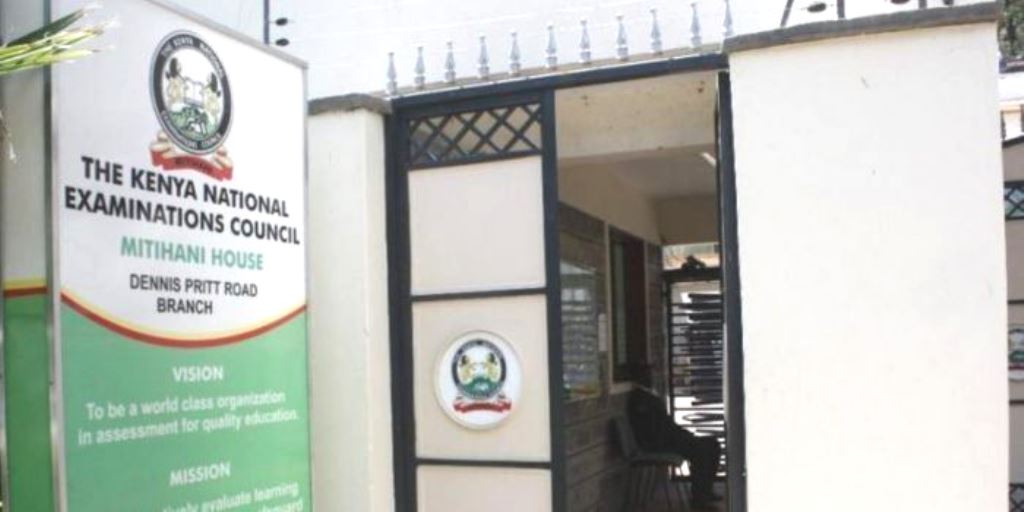By Education News Reporter
Concerns have been raised over fewer courses in Science, Technology, Engineering, and Mathematics (STEM) in the universities hence leading to low number of students undertaking the said courses.
While opening the first Public University Conference in Mombasa on September 21, 2022 the outgoing Principal Secretary in the State Department for University Education and Research Amb. Simon Nabukwesi observed that the fewer courses in STEM which leads to low enrollment in universities are due to higher costs associated with delivering STEM related programs than those associated with delivering courses in the social sciences and humanities.
“The large number of young people entering the job market has implications on both the demand and supply sides of the labour market. Universities need quality human resource as well as teaching and research infrastructure,” said Amb. Nabukwesi.
He noted that some Universities do not have sufficiently qualified faculty with the capacity to teach STEM related programs of sufficient quality to meet recognized standards, and that there is low number of students transitioning from secondary education with the skills and qualifications required for enrollment in STEM programs.
According to Amb. Nabukwesi policy gaps, lack of sustainable financing and low University Research output and advisory serves in Science, Technology and Innovation (STI) are some of the key challenges that are required to be addressed in order to reform the country’s university education sector.
He said that during the stakeholders’ initiative meeting held at Kenya School of Government; it was concluded that reforms are needed in strengthening governance and management practices, enhancing access and equity, improving quality and relevance, ensuring Universities have sustainable financing, anchoring internationalization in the universities, firming collaborations and linkages, and improving university security.
As revealed by the outgoing PS some of the policy documents have been prepared and they are awaiting stakeholders to review and interrogate them and related instruments before finalization while others are currently being prepared by relevant stakeholders.
They include: Science, Technology and Innovation (STI) Policy, Strategy on National Research Infrastructure (currently ongoing)/National scientific policy, Strategy on Science and Technology Parks, Blue Print on a Knowledge-Based Economy (KBE), Mechanism for establishing Memorandum of Understandings (MoUs) in Higher education and Research sector, ST&I Incentive and reward framework and career guidance and counseling policy.
Those that are lined up for development include: National Strategy for Commercialization of Innovations, framework for resource mobilization and utilization in STI, mechanism to attract and retain human resource in STI, framework for managing Centres of Excellence, Science Attachees’ framework, university Education Internationalization Strategy, and Leather Processing Technology Strategy.
On research infrastructure Amb. Nabukwesi noted that the country needs to invest not only in research priorities, but also in ways in which funded buildings or equipment are used with key concerns being who to use them, under what conditions and for what purposes.
The investment according the PS must be viewed in a national, as well as an institutional context, hence; issues of access, sharing and transparency, nationally and internationally, need to be addressed in the governance model, including access to existing national databases.
“We need to avoid the traditional difficulties associated with higher-education and industry cooperation, where considerable number of research activities go on in the country and do not find their path to solution to public challenges,” said Amb. Nabukwesi.
Although Kenya scores highly in four pillars namely market sophistication, business sophistication, knowledge and technology outputs and creative outputs, it still lags behind in other key areas such as institutions, human capital and research and infrastructure.
“Kenya hosts 225 full-time researchers per million inhabitants, which is much higher than neighboring countries. Approximately 1 in 4 researchers are female (25.7 per cent) which is below the average for Sub-Saharan Africa (31.3 per cent). The overall picture is that Kenya has a strong and vibrant research base and has great potential for growth as a research and innovation hub in East Africa,” he added.
To consolidate gains made, Amb. Nabukwesi observes that the country needs to strongly focus on revamping University Education and setting up an independent and well-resourced Research Innovation and Technology (RIT) Sector, and continuously address international commitments, which include the Sustainable Development Goals (SDGs), the Science, Technology and Innovation Strategy for Africa (STISA) 2024 and the African Development Agenda 2063.






